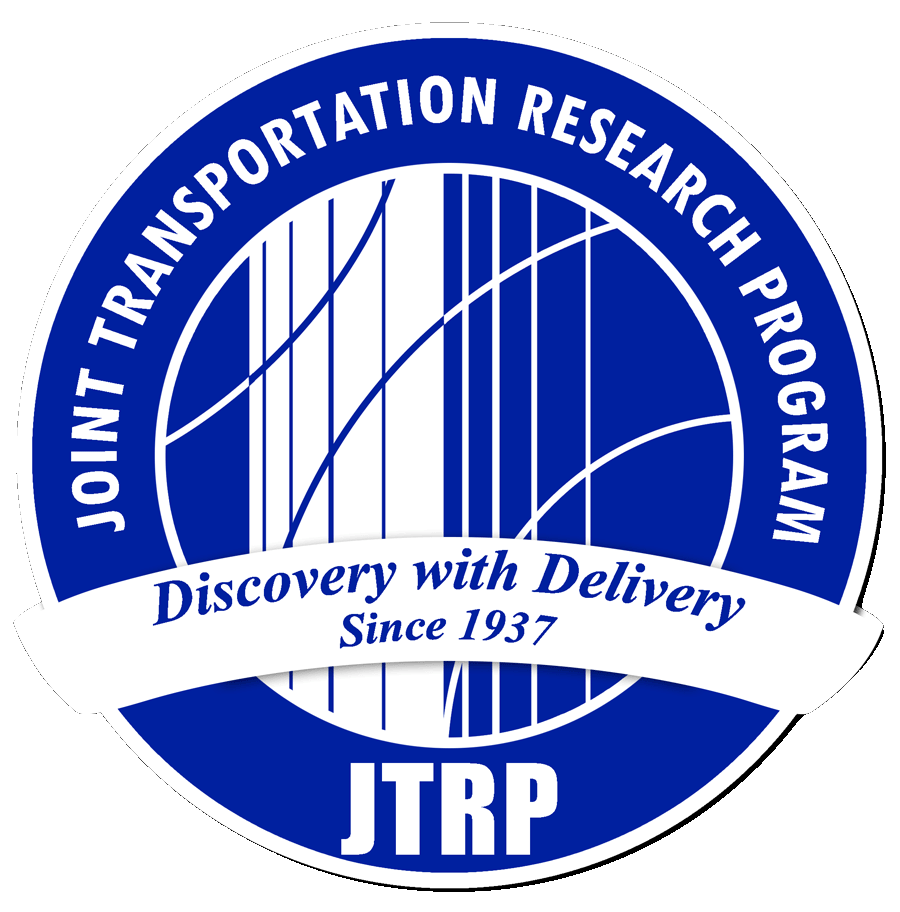Abstract
Built in 1958, the US-41 White River Bridge is a two-girder, riveted steel structure located in Hazelton, IN. The bridge is comprised of two, sixteen span superstructures sharing a common substructure. Each superstructure also contains four pin and hanger expansion joint assemblies. Over a period from August 2009 to August 2010 a series of nearly one hundred super-heavy loads ranging in weight from 200,000 lbs to up over 1,000,000 lbs crossed the northbound superstructure of the bridge. The loads were moved to support the construction of a new power plant facility located in Edwardsport, IN. It was unknown what effect this number of super-heavy loading events, over a relatively short period, would have on the long-term performance of the US-41 White River Bridge. Therefore, long-term remote monitoring was used to quantify any negative effects due to the series of superloads. Five primary tasks were undertaken as part of this study:
1. Perform controlled load testing to gain insight on the typical behavior of the bridge.
2. Monitor the effect of individual superloads on the bridge structure to detect any notable damage.
3. Perform an in-depth fracture evaluation.
4. Evaluate the effects of multiple super-heavy loading events on the bridge.
5. Collect stress range histograms to be used as part of a fatigue life evaluation.
The results of this study confirmed the US-41 White River Bridge is an excellent structure. The series of superloads had negligible long-term effects. Low material toughness was found during the material testing; however, based on the analysis performed, fracture is of little concern. Also, from the stress range histograms produced during the long-term monitoring, sufficient remaining fatigue life was calculated for all critical details. Thus, based on these results, only two actions items were suggested: 1.) Perform an in-depth inspection of the pin and hanger assemblies; and 2.) Lubricate all pin and hanger expansion joints.
Keywords
Superload, fatigue, fracture, remote monitoring, long-term monitoring, SPR-3472
Report Number
FHWA/IN/JTRP-2011/15
SPR Number
3472
Sponsoring Organization
Indiana Department of Transportation
Performing Organization
Joint Transportation Research Program
Publisher Place
West Lafayette, Indiana
Date of Version
2011
DOI
10.5703/1288284314645


